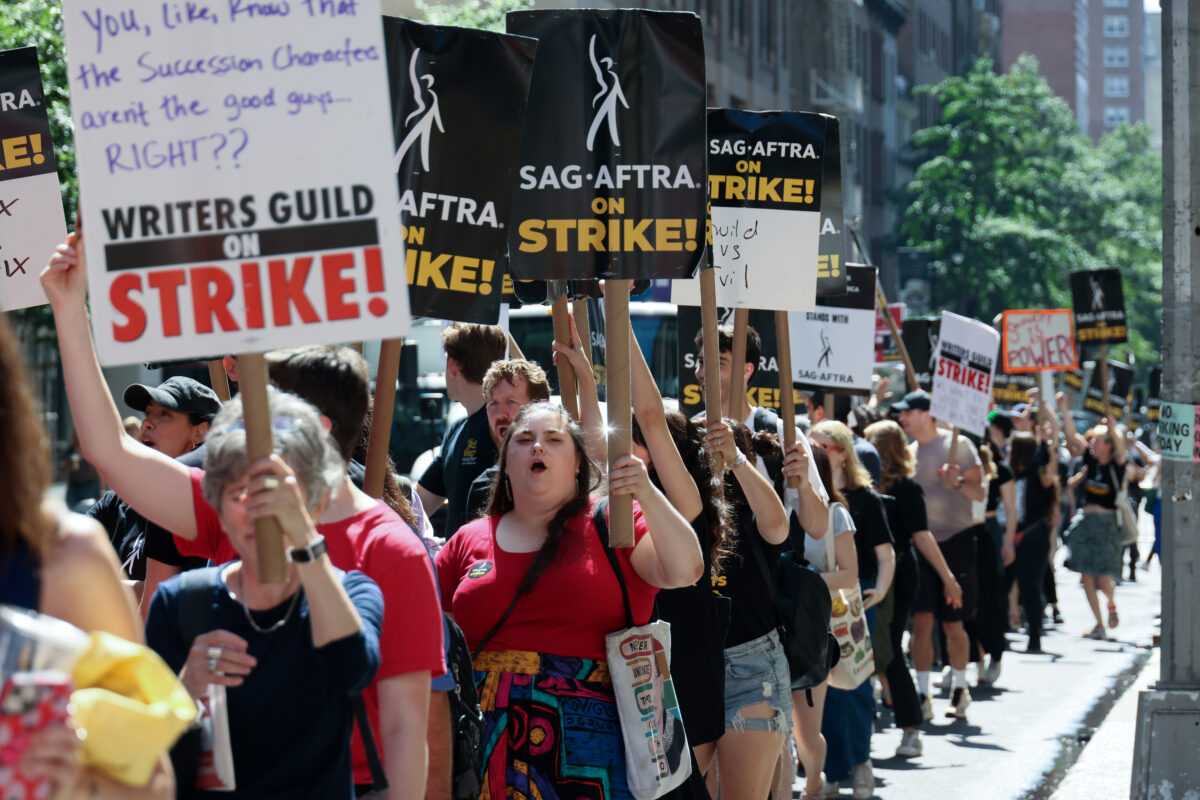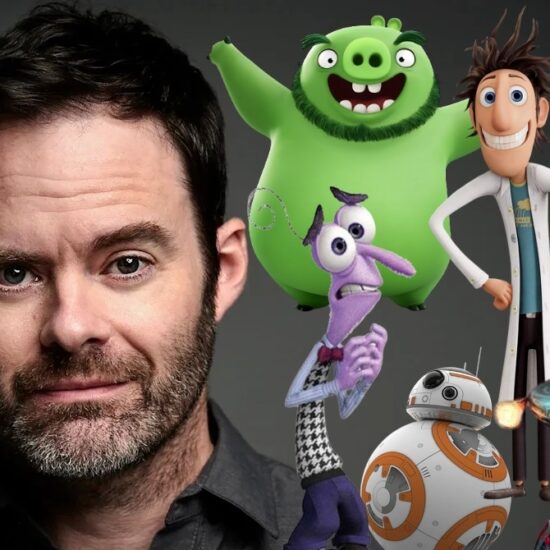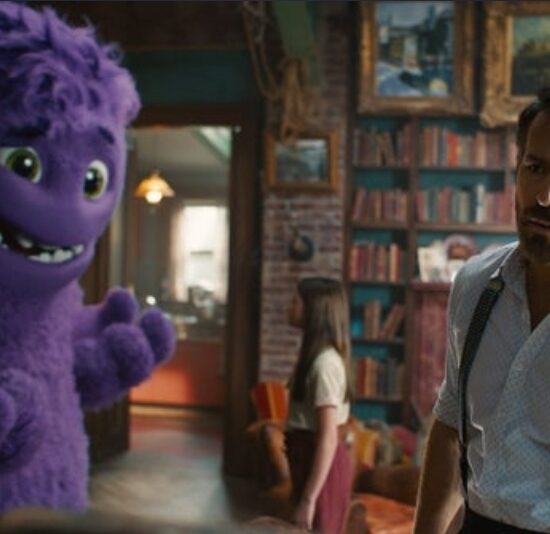
Kohn’s Corner is a weekly column about the challenges and opportunities of sustaining American film culture.
This week, lost in the chaos of the SAG-AFTRA strike and its impact on the fall movie season, the Canadian investment studio BRON struck through the news cycle with a major update: They’re going bankrupt.
Last summer, I reported on layoffs at the once-ambitious venture co-founded by Aaron and Brenda Gilbert in 2010, as the financier behind “Joker” and “Licorice Pizza” faced the music: Cinema is not a growth business. While BRON made a late pivot to Web3 (remember NFTs …anyone?) the window of opportunity had passed. However, while BRON’s fate may have been inevitable, I found it notable that the company tried to message to the industry that it hadn’t abandoned its interest in film investments; it just wasn’t looking for projects that exceeded $10 million.
This pivot came too late, but it was the right idea, and I was reminded of it within the context of recent SAG waivers the union has been handing out to projects unaffiliated with the AMPTP. While I have long argued that filmmaking benefits from a “less is more mentality” — movies aren’t dying, they’re just getting smaller — the strike has created a unique opportunity for creatives in the filmmaking business to better grasp the sustainability of working outside the system.
That’s not a bad place to hang out for a spell. Time and again I find that anyone who claims it has been a bad year for movies hasn’t seen enough of them. That’s because even in these content-dense times, the number of movies produced by major U.S. studios (aka, the most powerful signatories of the AMPTP) represent only a fraction of cinematic activity at any given moment. The best filmmaking, the work that often pops on the festival circuit whether or not it finds its way to success in the American market, gets made outside the system.
And if it’s good enough, it worms its way in there anyway. That remains true. SAG has said that it won’t stand in the way of any non-AMPTP projects made with waivers ultimately securing distribution with AMPTP members. You don’t have to make a Netflix movie to get some Netflix money at the end of the day.
Of course, that outcome could yield the impression of adding fuel to the fire. Why would Netflix or any other studio feel compelled to negotiate when they can simply wait for the end result and pony up? That question, however, misses the point. If studios can only do business with filmmaking made outside the auspices of their control, it stands an even greater chance of getting out there. Maybe…everybody wins?
Prominent actors with SAG waivers are doing the right thing by getting back to work. Whether it’s Anne Hathaway in David Lowery’s upcoming “Mother Mary,” which can now resume in Europe, or Matthew McConaughey in “The Rivals of Amziah King,” now shooting in Alabama, these projects provide an important distinction between the targets of the strike (AMPTP members and the deals they make with talent) and the artistry itself, which doesn’t have to go underground just because the most commercial side of the industry has become untenable.
The strike is already wreacking untold havoc on the movie business. The most fragile members of the industry are freelancers, and craftspeople in particular, who have faced instant repurcussions for losing work. While reporting on the destabilzation of the fall festival circuit earlier this week, I spoke to one producer who told me that “if this lasts until January, we won’t have an industry.” That may be true — but only in the precise terms in which the industry has dictated the business.
Recent developments mean that projects produced independently could play a greater role in the content wars than ever before. Goodbye, crappy Netflix romcoms and overpriced-but-forgettable Amazon action movies; hello, modestly-priced (and probably much better) alternatives.
The conditions of the strike may also force established actors to take on better, riskier opportunities. Last April, as Jim Carrey announced his retirement after the release of “Sonic 2,” I bemoaned how so many A-listers evaded more exciting filmmakers in favor of bland studio tentpoles. Sure, it can feel nice to relax on a mountain of cash, but wealthy actors who thrive on some measure of creative fulfillment can get pretty disillusioned by the options of the blockbuster system. Now more than ever, major stars can get a taste of the alternative, and they might not be disappointed by what they find.
None of this means that the strike is good for the business of making movies. However, as anyone involved in that business knows, very few filmmaking prospects have a guaranteed ROI unless the work has something to offer in the first place. As audiences gradually lose interest in the sea of homogeneity that has come from an overabundance of Marvel content and the like, the time is ripe for originality.
As usual, I welcome feedback to this column: [email protected]
Last week, I wrote about the absence of a documentary union against the backdrop of the strikes. Here’s some of the valuable feedback I received.
“As someone who’s worked off and on in the doc-series space for 10 years as a Writer, Producer and Researcher, I can’t tell you how much I appreciated the article on the doc space and unions/ unionization. It is a very weird moment in time for us and I shared the article with several colleagues. In addition to Jigsaw going WGA, I believe Sharp Entertainment, part of Sony, recently went WGA as well. However, unfortunately, the majority of these companies (including a number of other Sony owned production companies), still are not union and will even employ sneaky tactics to avoid calls for unionization — especially in the practice of calling ‘writers’ producers and story-producers. While it is true a tremendous amount of the writing is also done in the post production process of documentary, especially on a series, there is quite a bit of writing work that is done prior to filming.”
“Folks involved in making those docs could absolutely be members of current unions, many of the crew may already are be union. Some documentarians like the really big hitters such as Barbara Koppel and Ken Burns are in the DGA. The DGA awards have a documentary category. They don’t give awards to anyone who’s not a DGA member so even just a review of who has been nominated in that category will show you who’s DGA. … The fact of the matter is, union benefits are expensive but it’s totally doable.”















